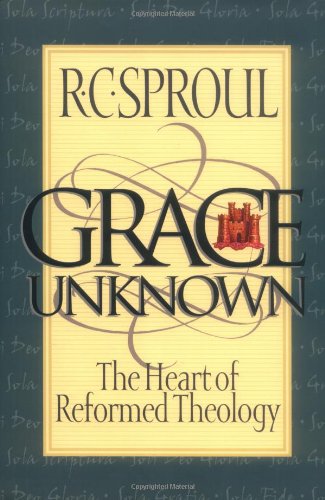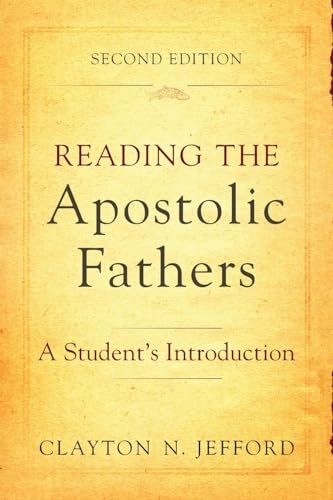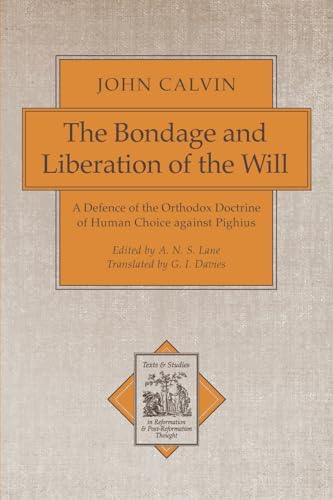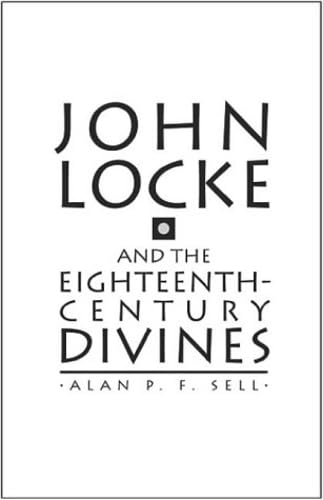The Prophets. A Sheffield Reader
Written by Philip R. Davies Reviewed By Mike ButterworthThis book is for those who want to interact with OT scholarship, and consists of articles published in the Journal for the Study of the Old Testament between 1983 and 1996. It addresses the question: What is distinctive about recent writing on the prophets? This means that great attention is given to the ‘hermeneutical chain’: author—text—reader. Scholars lack confidence in distinguishing between author prophet and the editors who produced the books we now have. They therefore focus on the text. In many ways this has been the greatest gain for biblical studies over the past couple of decades: we can study the text as it is in the Bible, without (necessarily) being called obscurantist fundamentalists. On the other hand a subjective element has been introduced into reading the Bible which makes it difficult to claim authority for any particular interpretation.
The articles are varied and give a good introduction to scholarly debate. They are not all easy to read, particularly the first one by Auld: ‘Prophets through the Looking Glass’: ‘prophecy is basically a creation of literary tradition’. In the responses he is supported by Robert Carroll, who argues that our main ‘prophets’ were originally socially aware ‘poets’, and opposed by Hugh Williamson. Then Overholt argued that they were genuine prophets, and Auld and Carroll oppose. Hans Bars tad applauds Auld’s and Carroll’s methodology but concludes that biblical prophetic books contain real prophecy. Great! Did we need a big scholarly discussion to tell us that?
There are sections on: the ‘Unity of Isaiah’ (i.e. the coherence of the book is an editorial unity; there is no consideration of the possibility that one Isaiah wrote it all); ‘Prophetic ideology’ (e.g. Blenkinsopp reads Is. 40–66 from a social and political perspective; Daniel Smith argues that Je. 29 is a call to non-violent resistance; Bebb Wheeler Stone argues that the author of Is. 40–55 was a woman who experienced the political victimization of the exile and the sexual victimization of patriarchy); and ‘Reading Prophecy’ (concerned with ‘reading strategies’, literary devices, etc.). Even this brief summary will give many readers enough ammunition to say ‘Typical scholarly rubbish’, and I have considerable sympathy with this view! However, most articles have something of value and something worth reacting against.
Perhaps the most interesting and provocative article is that by Athalya Brenner, ‘Pornoprophetics revisited’. She argues that passages in the prophets invariably reflect female sexuality as negative and male sexuality as neutral or positive and are rightly called pornography. The article will repay study by those prepared to listen to the argument and the emotion.
Mike Butterworth
Principal, St Albans and Oxford Ministry Course







